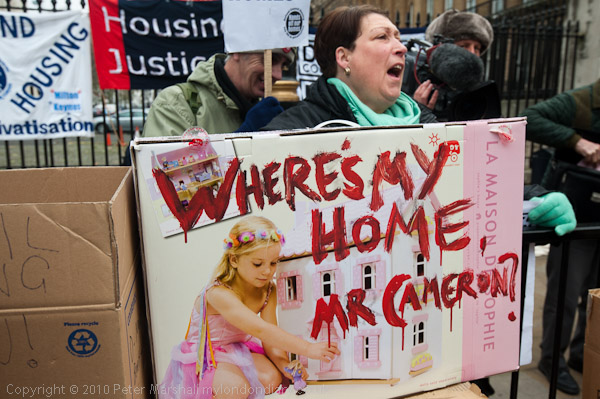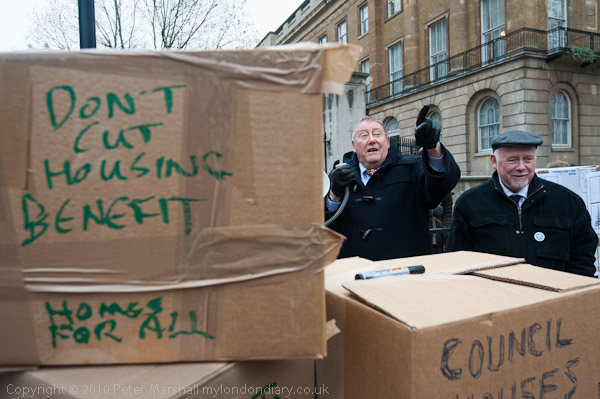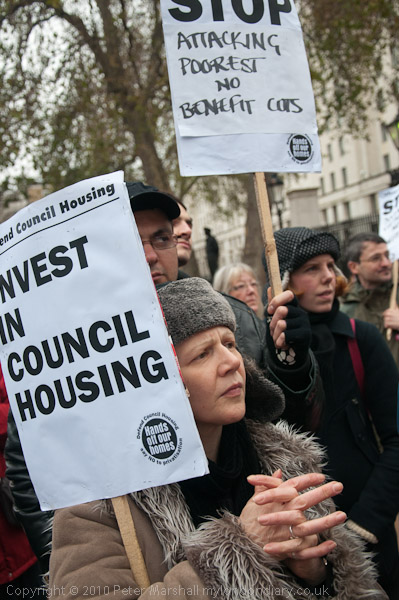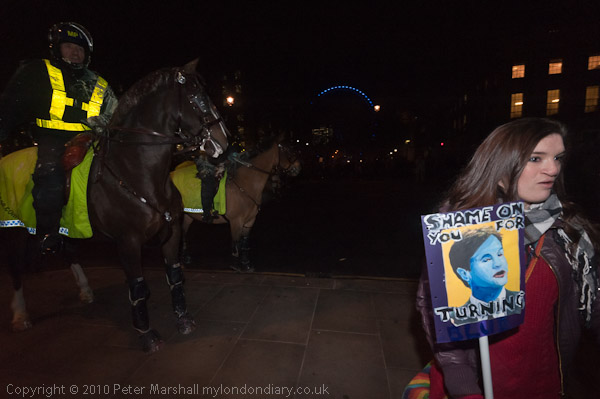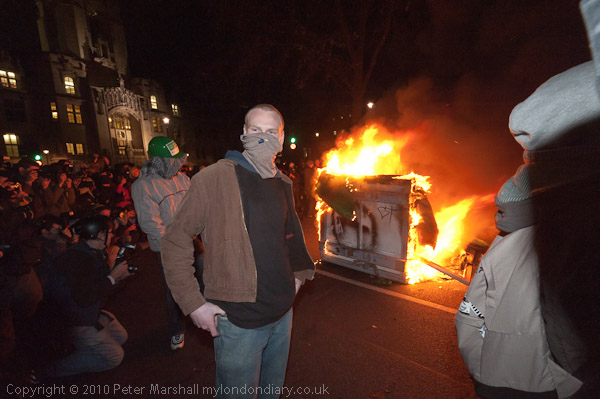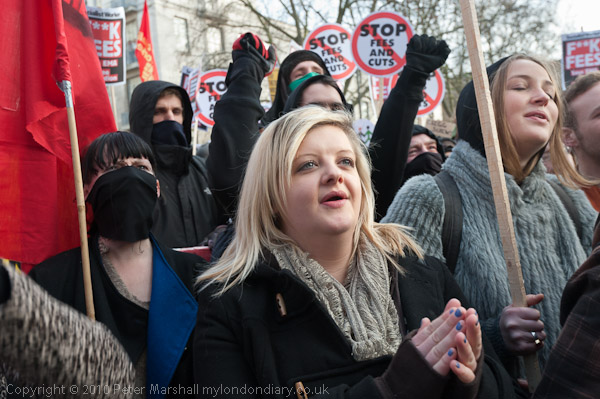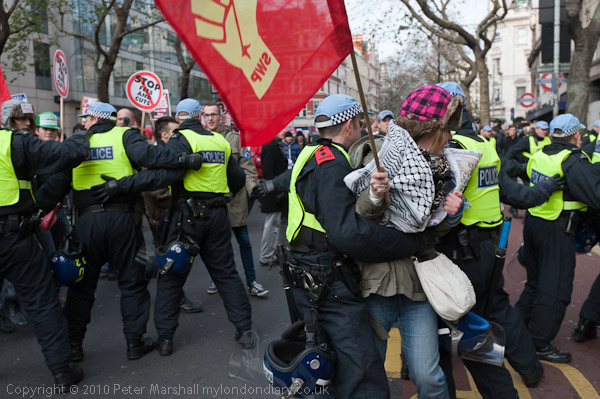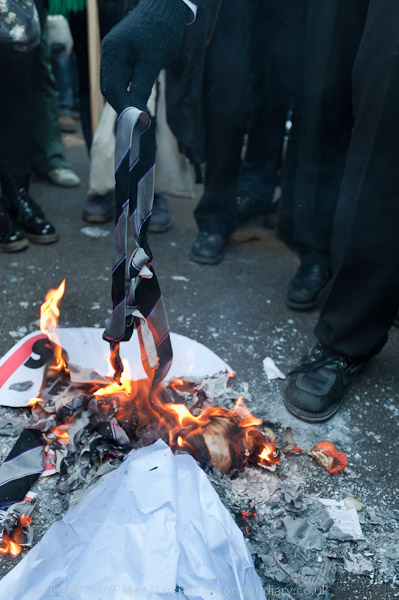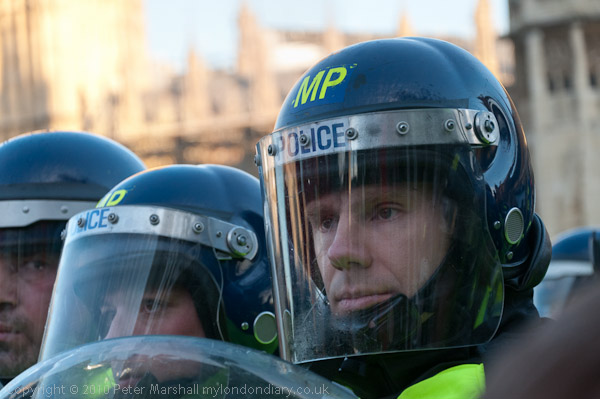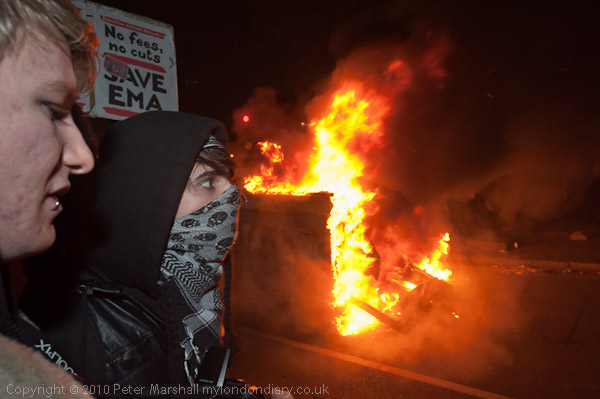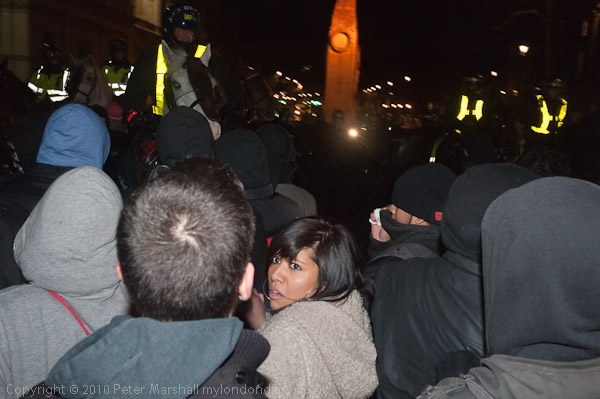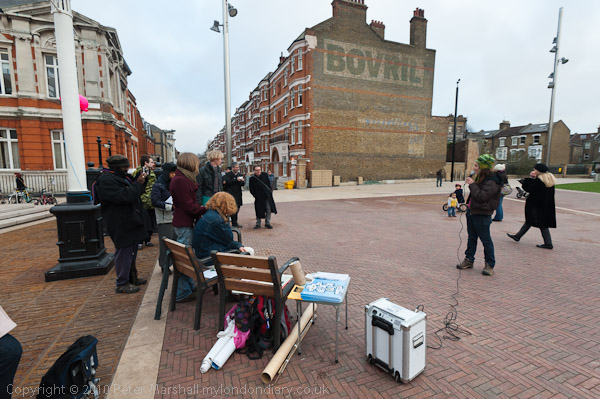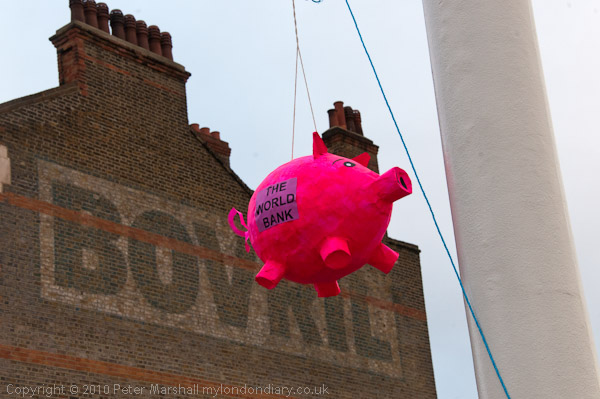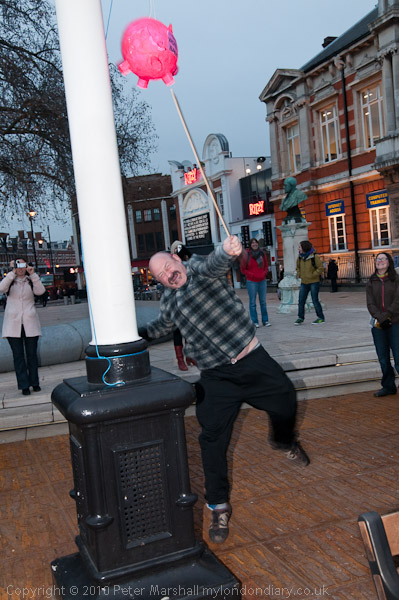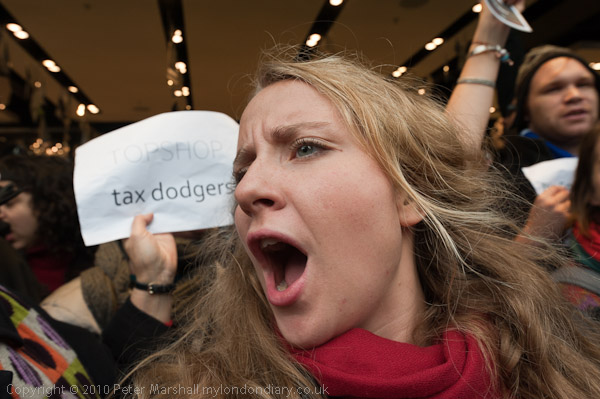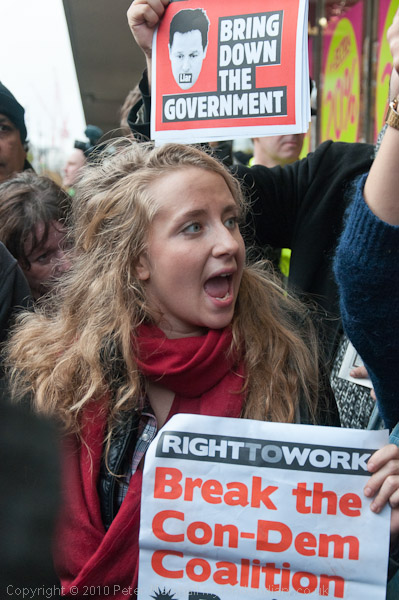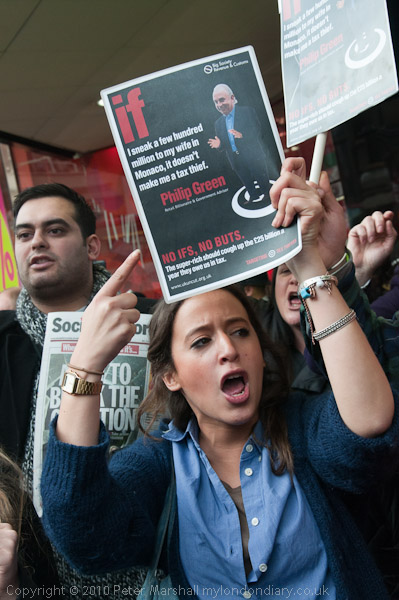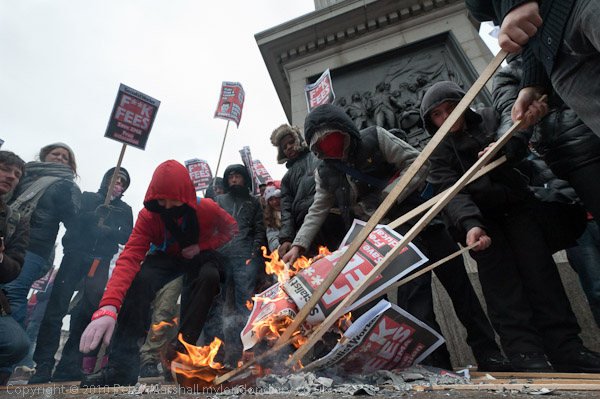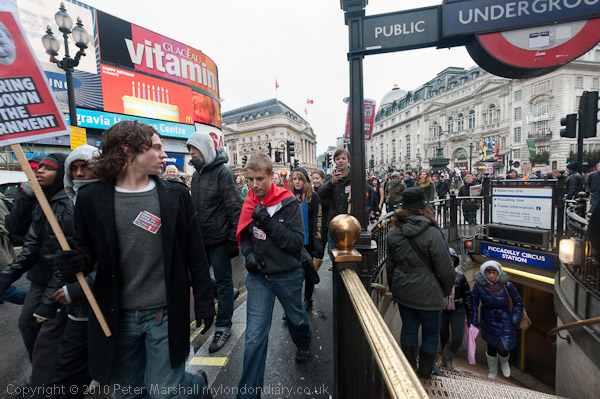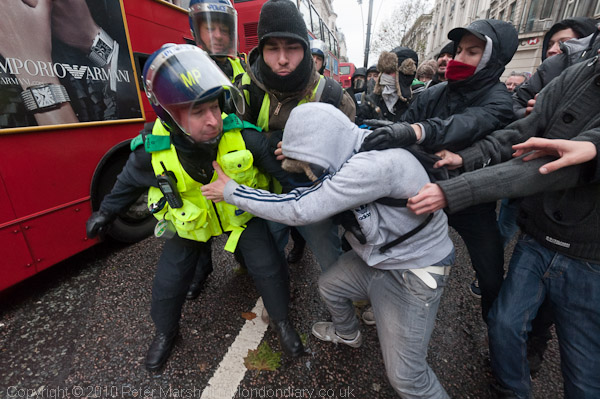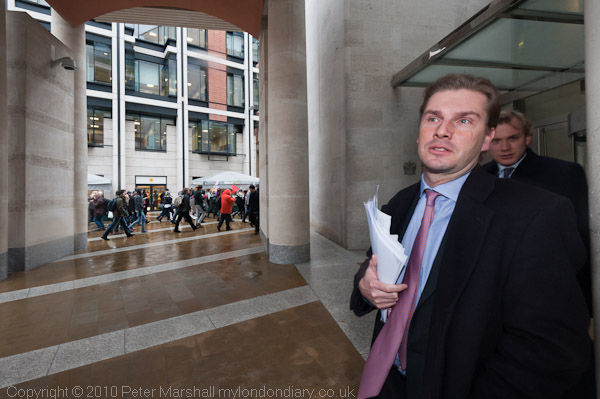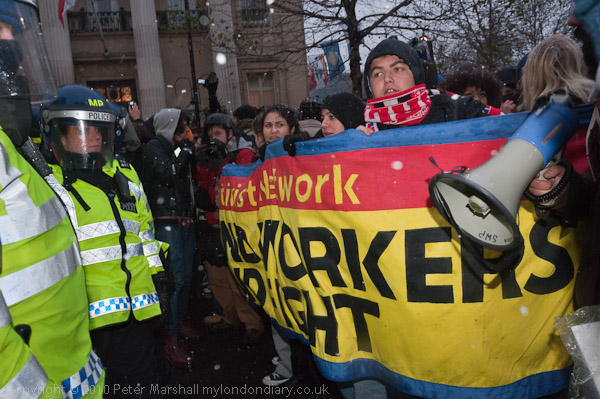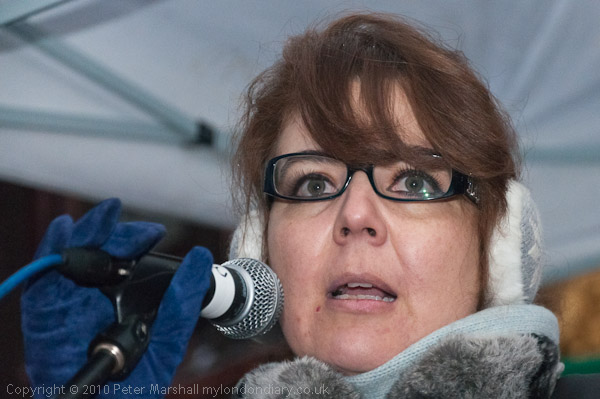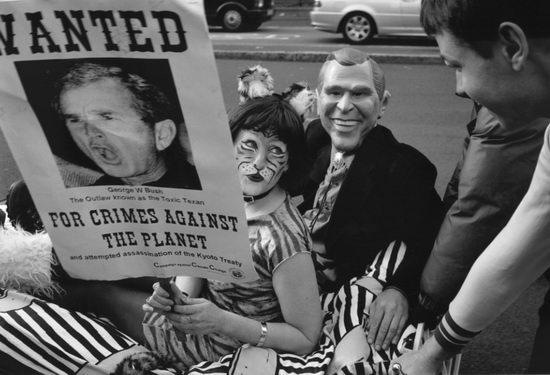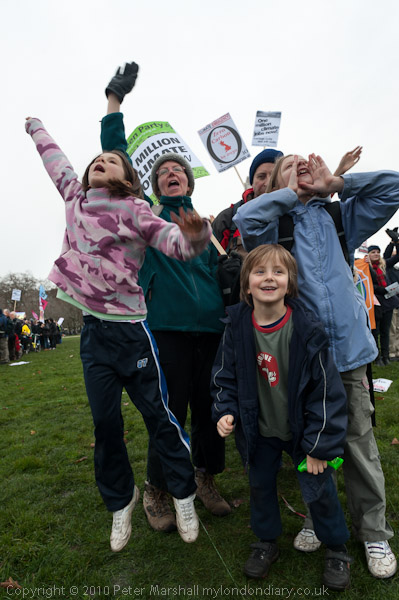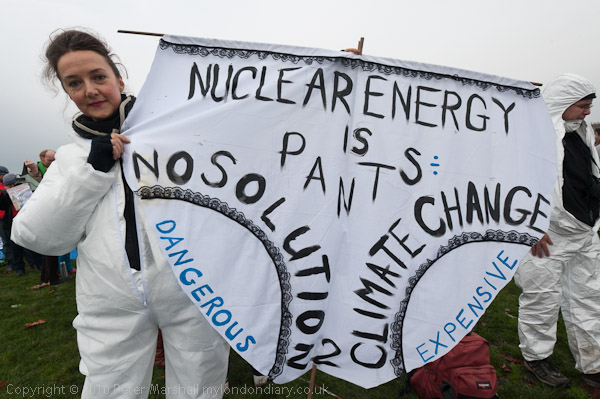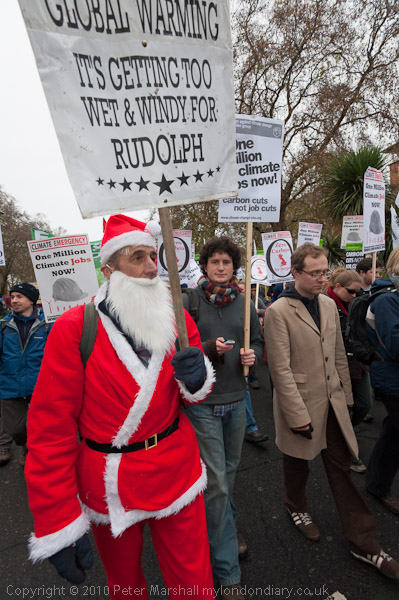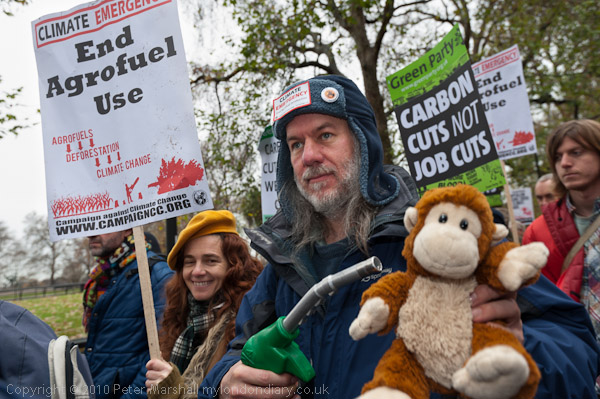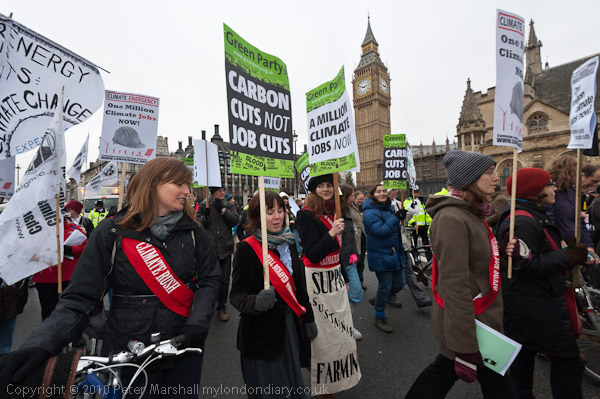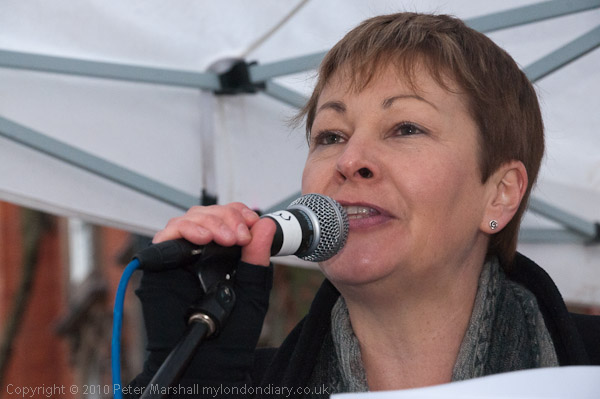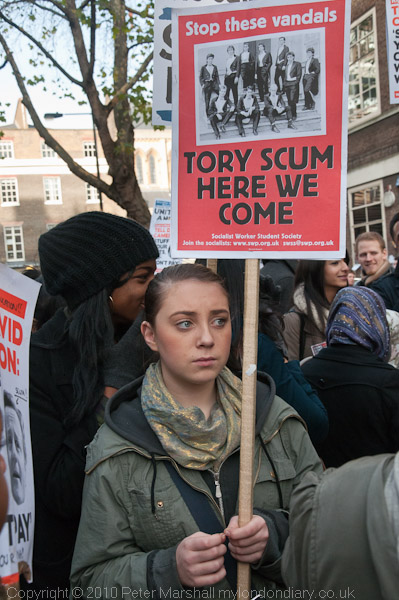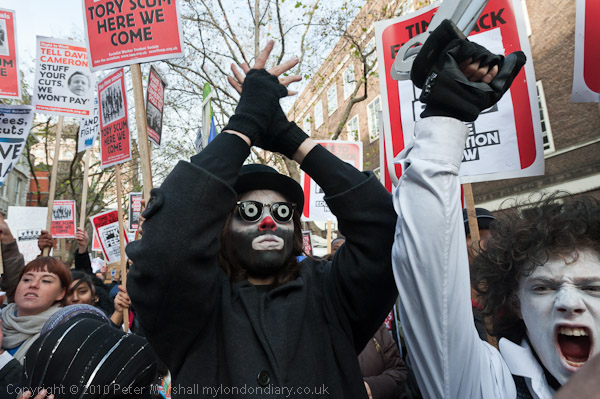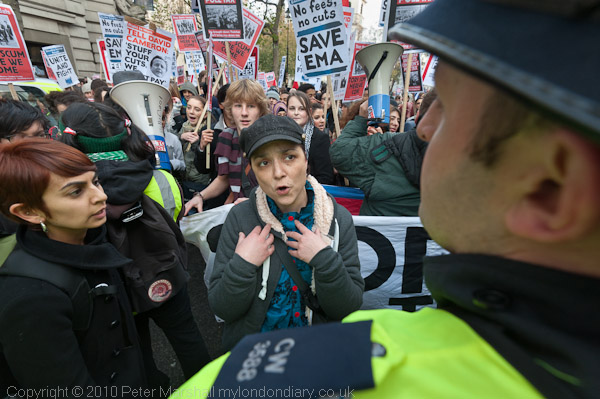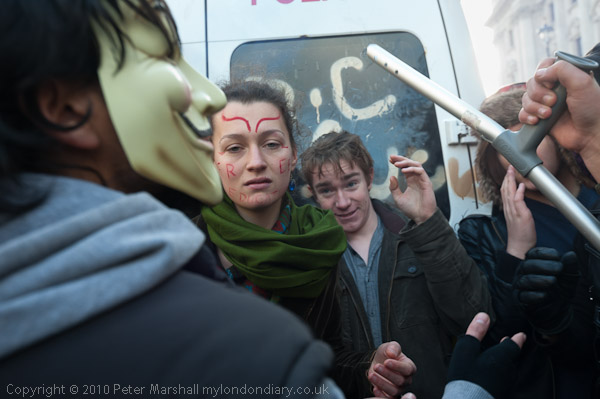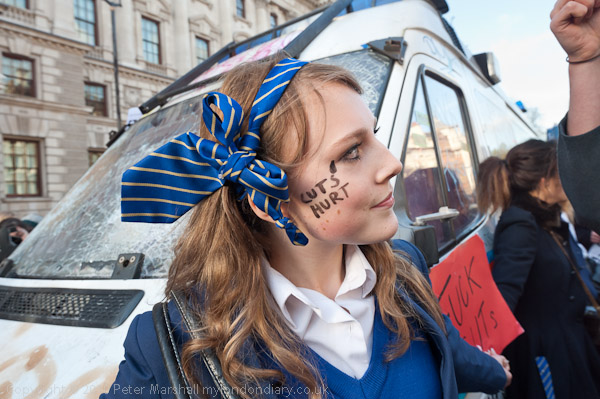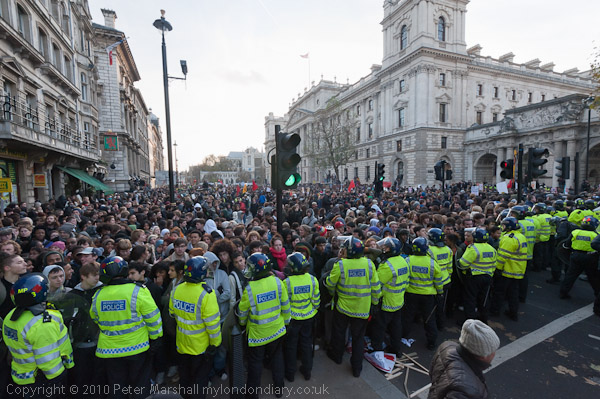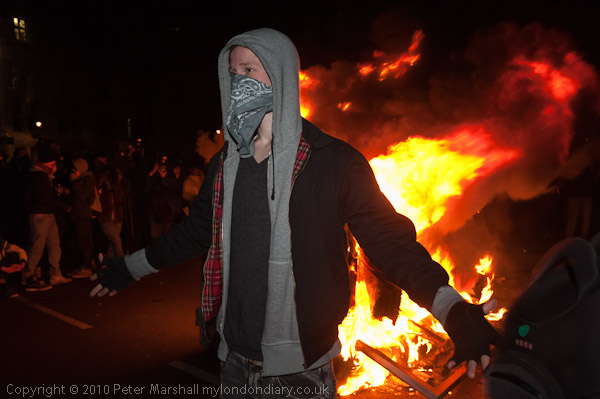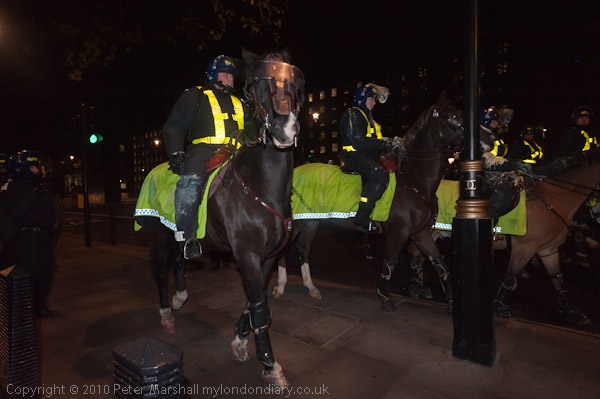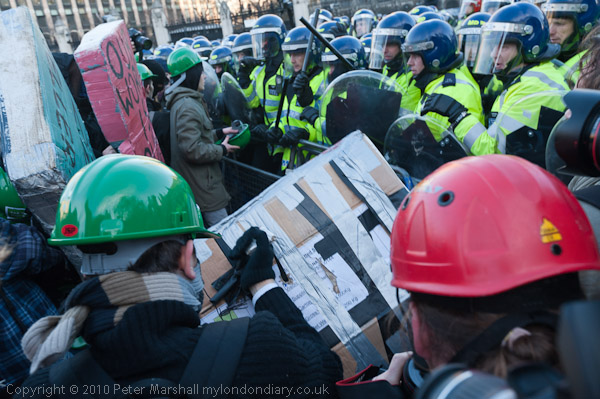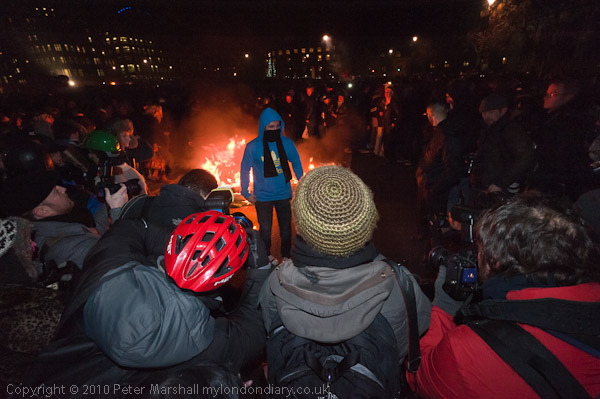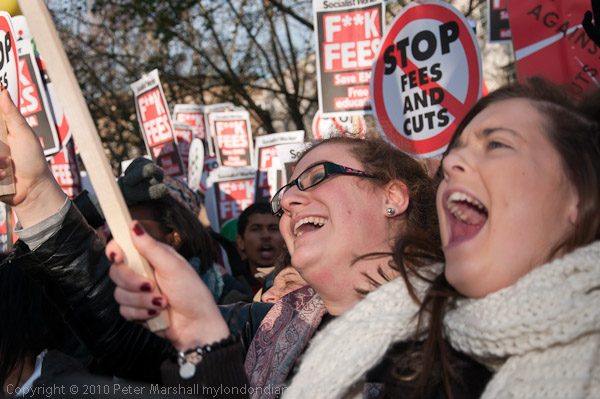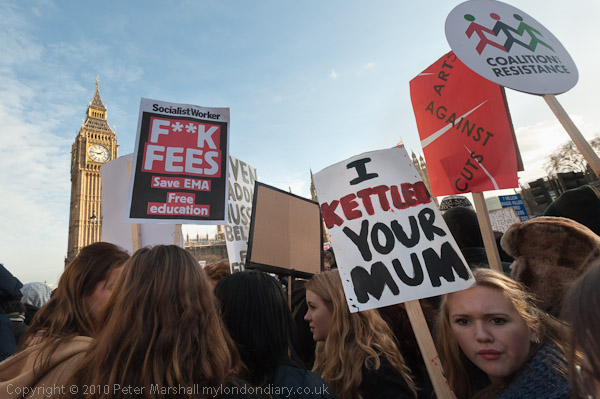I looked hard on the Photo Boite web site, and on that of the Artbox (hold your mouse at right to skip the silly intro, but unfortunately the only way I could find to turn the annoying music off was at my speakers) to find information, but that isn’t what either of these sites are about. For me they concentrate too much on design rather than content and also get slightly up my nose by messing quite unnecessarily with my browser window, as well as being just a little on the slow side.
So I can’t tell you anything about how they selected the 30 women whose work is showcased on ‘30 Under 30 Women Photographers‘. Quite a few of them are French or based in France, some are Canadian or from the US, and a sprinkling from elsewhere. I didn’t recognise the names, but there were are few images I think I had probably seen before (and rather more very similar to others I’d seen before taken by other photographers, which is perhaps only to be expected in work by young photographers of either gender.)
Although I can’t say I found everything on the site of interest, and some of the work I found myself looking at rather more out of duty than interest, I think there are a few here that we may hear more of in the future. The final item on each photographers set of pictures is labelled BIO and gives some information about the photographer – from just an email address to a page of text, sometimes in French. But I think the site is , as it says on dvafoto, “Worth a look“.
So thanks to Matt Lutton and M Scott Brauer for posting a link to it, although I find their conclusion “Its a great step in toward equality in the traditionally male-dominated field of photography” ridiculous. Although women are still under-represented in such surveys as PDN’s 30 (I think only around eight in the most recent selection) they have always included some of the best work there. A little over a third of the 30 Central and Eastern European photographers selected for the book ‘Lab East‘ were women. It may not be equality, but it is a very significant presence.
Of course, as Natalie Dybisz / Miss Aniela write in the foreword to ‘30 Under 30‘; “Visit a modern photography tradeshow like Photokina in Cologne, and most of the visitors you see swarming past are male, with their photography gadgets slung around their necks”. It’s a boy’s toy’s show which few if any serious photographers of either sex visit. There seemed to me to be a fairly high proportion of women among contemporary photographers represented by galleries at Paris Photo – and probably a majority in the people on the stands and in the aisles.
Women have been playing a vital part in photography for many years – even in Victorian times – although certainly very much under-represented until relatively recently and still to some extent, particularly in some fields now. Almost all of my best students were women. I’ve known and worked with many women in photography and published many articles about women photographers – including some of what I consider my best writing on Julia Margaret Cameron, Berenice Abbott, Diane Arbus, Cindy Sherman, Nan Goldin and many more. Of course I didn’t write about any of them because they were women but because of the contribution they had made to the medium.
‘30 Under 30 Women Photographers‘ is one of many, many small steps that have been made towards equality, and I welcome and applaud it for that, though also wishing some of the work on show had been rather better.
